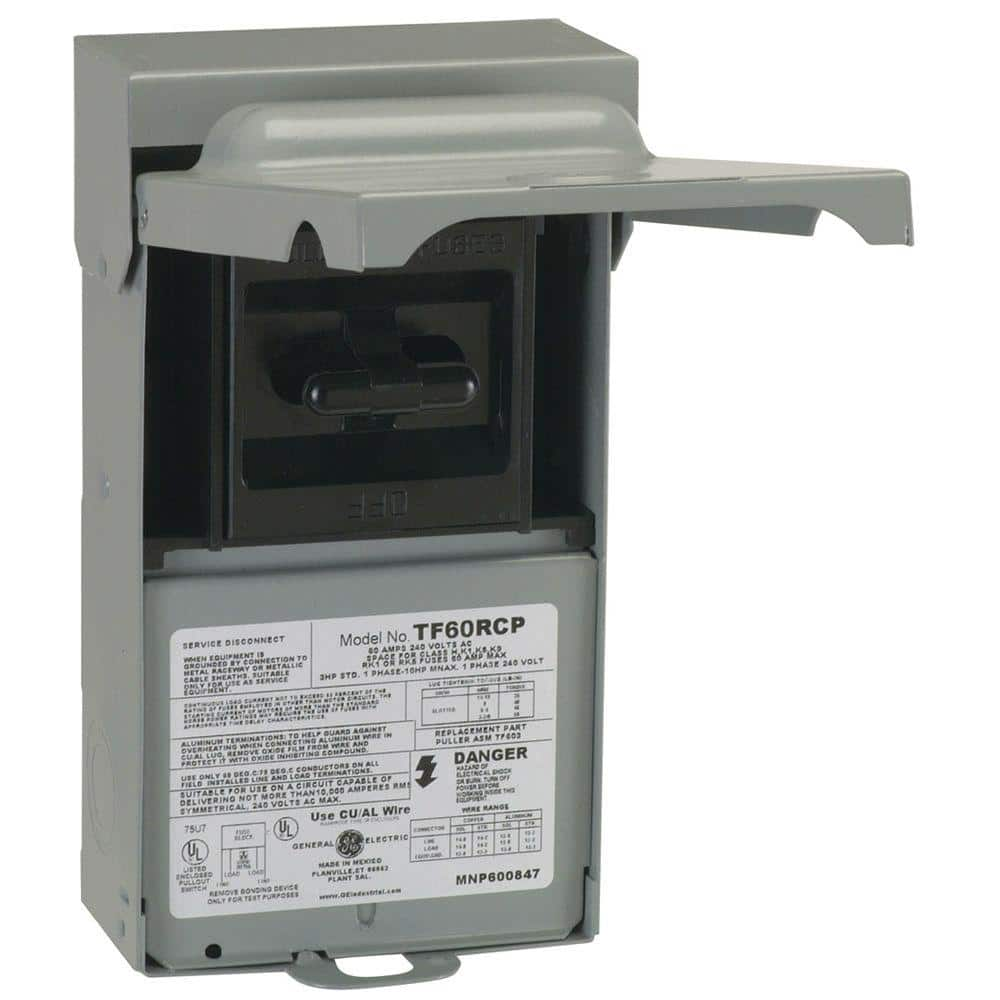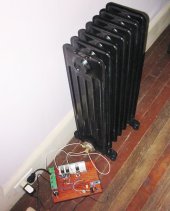So my 700 sq ft. off-grid cabin is pretty cold all winter long. The winter temps are between 25 down to -5F. I want a way to keep the building passively warm while I'm there throughout the winter. The wood burning stove works well but because of very rocky remote roads, getting firewood to the property is very difficult in any significant quantity. So here's my thought. I've got some extra SanTan Solar 250w panels and I'm thinking about doing something like this for my off-grid cabin:
Basically it will go as follows:
6 panels in series - exterior 60a fused disconnect box - interior shut off swtch - direct wired to baseboard heater
6 panels wired in series
VOC: 225.6v, VMP: 181.8v
ISC: 53.1a, 1,750w
60a/240v fused disconnect switch

Dimplex 50" Linear Convector Electric Baseboard Heater Model: LC5020W31), 240V/208V, 2000/1500W White https://www.amazon.com/dp/B017082EO4/ref=cm_sw_r_apan_i_1B85DPT9C95G3HM6D8XR
I've also thought about adding a 2,000w micro inverter inbetween the panels and the disconnect switch similar to this:

If I feed the heater directly with DC I will remove the thermostat on the baseboard heater and wire directly to the DC resistive elements. If I use the micro inverter I will leave the thermostat on. So as long as the sun is shining I would have heat produced from the heater, right? During the night I'll use the wood burning stove. Any significant dangers or problems I may run into? Cost is a large factor so I'm trying to do the best with what I have. Advice?
Basically it will go as follows:
6 panels in series - exterior 60a fused disconnect box - interior shut off swtch - direct wired to baseboard heater
6 panels wired in series
VOC: 225.6v, VMP: 181.8v
ISC: 53.1a, 1,750w
60a/240v fused disconnect switch

GE 60 Amp 240-Volt Fused AC Disconnect TF60RCP
The GE 60 Amp 240-Volt Fused (requires 2 fuses installed on the back side of the puller). This Metallic AC Disconnect is designed to stop the flow of electricity to allow you to safely work on the air
www.homedepot.com
Dimplex 50" Linear Convector Electric Baseboard Heater Model: LC5020W31), 240V/208V, 2000/1500W White https://www.amazon.com/dp/B017082EO4/ref=cm_sw_r_apan_i_1B85DPT9C95G3HM6D8XR
I've also thought about adding a 2,000w micro inverter inbetween the panels and the disconnect switch similar to this:

400W-2000W Waterproof MPPT Solar Micro Grid Tie Inverter DC 22-50V to AC 220V | eBay
Power grid. Power grid detection certificate. Solar inverterx1. Waterproof grade. Net amount. AC frequency range. 【EASY OPERATION】 - Lightweight and easy to install, many inverters can be stacked arbitrarily to form a single-phase parallel stacking system.
www.ebay.com
If I feed the heater directly with DC I will remove the thermostat on the baseboard heater and wire directly to the DC resistive elements. If I use the micro inverter I will leave the thermostat on. So as long as the sun is shining I would have heat produced from the heater, right? During the night I'll use the wood burning stove. Any significant dangers or problems I may run into? Cost is a large factor so I'm trying to do the best with what I have. Advice?



